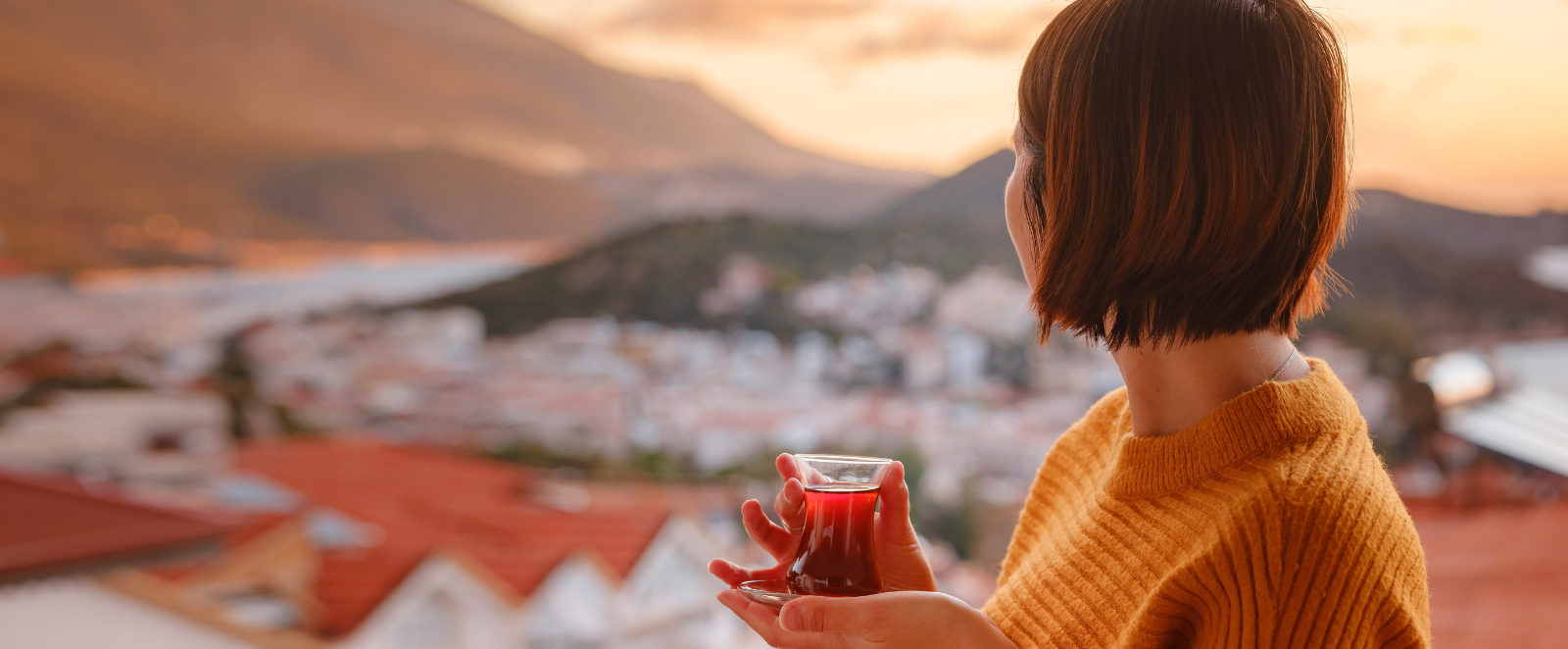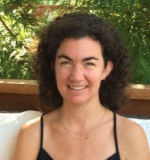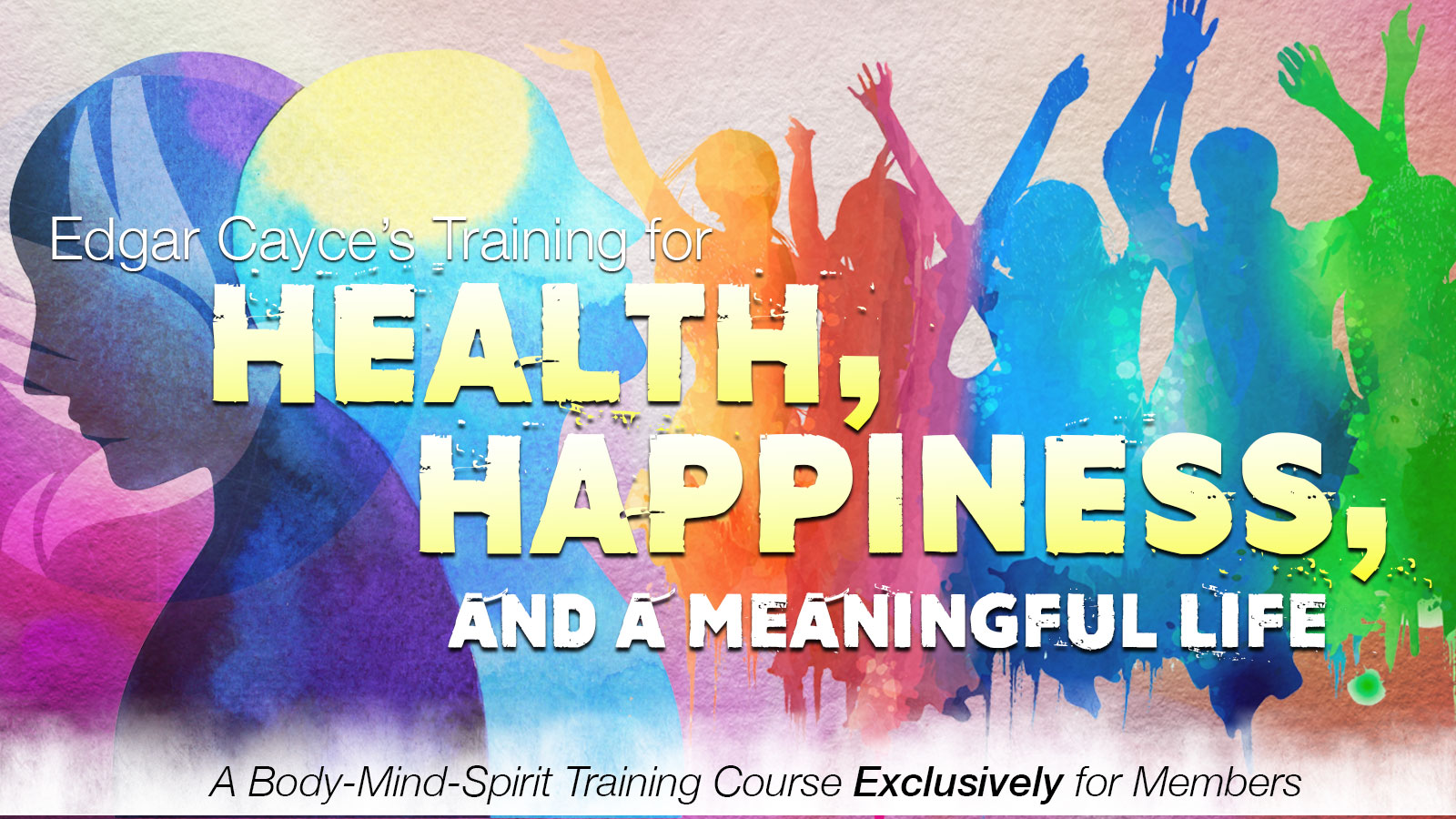The summer before my final year of graduate school, my classmates and I went on a ten-day wilderness retreat high in the Rocky Mountains of Colorado. The central purpose of this retreat was to prepare for and take a three-day backcountry solo. On our own, we were to each find a spot in the wilderness where we were to stay without food or shelter for three days and three nights.
Before I left on my solo, I worried that the lack of food might interfere with my decision-making. I worried that I might have a panic attack or get sick. Conversely, I imagined that the experience could be relaxing, that I might even feel bored. In reality, once I was alone in the wilderness I did not feel bored or have a panic attack; I felt pretty sure I was going die from a bear or mountain lion attack. I had no house or tent; no weapons, no fire; I had nothing to protect myself. I was totally unprepared for how scared and vulnerable I felt in the wild. I was amazed by how quickly all concerns of my normal life disappeared as my focus homed in on survival. How could I save myself?
In that new and vulnerable place, I found myself turning instinctively and entirely to ritual.
I followed the sun or shade around the small meadow I had chosen for my three-day stay (a meadow, I was now certain, that bears would come from long distances to eat the small blueberry bushes along its perimeter). I set up small altars with flowers and items I’d found. I prayed and meditated, sang and danced. And each night as I lay down under the stars, I would acknowledge that this night I might die; I might wake to a bear’s giant face and that would be the end of me.
At the end of the three days, back in warmth and safety, I marveled at what a creature of ritual I had become during those days.
In our daily lives, it is easy to feel insulated or distant from death. For most of us, there is hardly ever an opportunity to feel utterly defenseless in the face of, for instance, a wild animal attack. Yet all the same, underneath all the layers of busyness in our lives, we know that time is passing. We know that we are getting older; that life will unfold before us and before those we love in ways we cannot possibly anticipate or control. Whether we pay attention or not, the sun is rising and setting, the seasons are moving slowly through their great circle. Rituals—daily, weekly, or yearly—can allow us to pay attention to our place in the great, ever-changing mandala of life.
When I became a mother, I discovered that ritual quickly became vital. While my children were very small, you would probably have heard my husband describe this love of routines and ritual as “impossibly tied to a strict schedule,” but in the face of keeping another human being alive, my rituals became lifelines. Now, as the mother of growing children, my rituals are simple and based on ideas in the Cayce readings—allowing for imaginative play, lots of time outside, and stories. The readings encourage parents to establish routines with their children. In several readings Cayce noted that when a child is in a healthy rhythm, weaknesses can be corrected. Routines can build constructive actions that become natural and habitual and lead to helpful thoughts and wise decisions.
One that will ever be found to be inclined to be neglectful at times. This may never be corrected by scolding, but by giving routine work, or routine formulas, that may bring coordinated unison of its thinking.
-- Edgar Cayce reading 3204-1
With my family’s holiday rituals—Thanksgiving, Christmas, Easter, birthdays—much of the rhythm and ritual is in the preparation, so I try to remember to leave ample time to enjoy it. In advance of a celebration, we begin singing songs for that particular celebration, gathering items from nature that are available during that time of year, baking special foods, telling the stories we know so well.
I try to look for that moment when all the preparation and hard work pays off, to remember to feel that moment of stillness when it all comes together. At a birthday, it is usually when we sing. I hear the voices of those who love my child and are watching her grow. I see that her shining face is a sparkling reflection of the bright star she is in our life. And I think, “Oh yes, I remember now: we are here to love. We are here to enjoy this time together.” Rituals offer us these vital glimpses into how the moments of our lives are grand pieces in a larger tapestry.
For the home is the nearest pattern in earth…to man’s relationship to his Maker. For it is ever creative in purpose from personalities and individualities coordinated for a cause, an ideal.
-- Edgar Cayce reading 3577-1
Making pancakes in the early morning light, returning to the same prayer before sleep each night, picking azaleas and lilac for birthday bouquets each spring, finding forest greenery for a Christmas wreath—there is familiarity to these daily, weekly, and yearly rituals that invite us to step outside the bustle of our lives for a moment and to remember our shared family ideal of loving one another the best we can.
Ritual is my treasured reminder, with my children, family, and friends, to pause time—to stop and notice what is unfolding around us. As we return to activities, stories, and places each day, each month, and each year, we can mark how we’ve changed, and how we are holding each other through those changes. We can celebrate for a moment that we are here together right now. Within our rituals, we acknowledge, “Look at what is happening right now. Look how we are able to love each other no matter what. Look at how bountiful is this earth and how precious our time together!”
Excerpted from the Oct-Dec 2017 issue of Venture Inward magazine.
If you'd like to hear more from Corinne, she'll be a panelist at our Annual Ancient Mysteries Conference 2023: Digging For the Greater Truth. It's in-person and live online Thursday, October 5 to Sunday, October 8. Come and explore the uncovered mysteries and wisdom of our earliest civilizations. Discover mysterious Atlantis, mystical Egypt, Mayan spiritual wisdom, prehistoric Europe, and Edgar Cayce’s readings on ancient Egypt and the account of the High Priest, Ra Ta.







